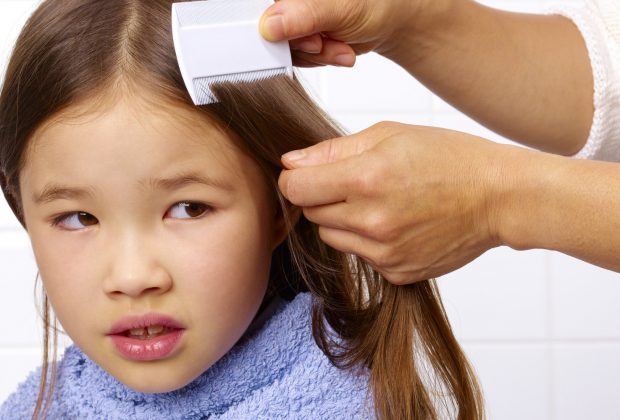Know the Facts About Head Lice
Head lice are tiny insects that live on people’s scalp and crawl into their hair. Head lice feed on human blood by biting the scalp. The problem of head lice has been around for thousands of years. Even Egyptian mummies show signs of head lice. With the exception of the common cold, head lice affect more school-aged children than all other contagious illnesses combined.
HEAD LICE: The Facts |
|
WHO GETS HEAD LICE? |
|
GETTING RID OF HEAD LICE |
|
Could My Child Have Head Lice?
The first time your child is infested, you probably won’t know right away that something is wrong. The body’s immune system takes 4 to 6 weeks to develop sensitivity to the bites. During that time, a female louse can lay six to ten nits a day. Nits take about 2 weeks to hatch, mature, and begin laying more eggs. By the time you find an infestation, several generations of lice may be living in your child’s hair.
You might suspect that your child has head lice if he or she:
• Complains about a tickling feeling or something moving in the hair.
• Feels itching caused by reaction to the bites.
• Is irritable.
• Has sores on the head caused by scratching.
Scratch marks on the scalp, especially behind the ears or on the nape of the neck, are a telltale sign that your child has head lice.
How Do I Get Rid of Head Lice?
Treatment is recommended if even one nit is found. Two approaches get rid of lice—removing the nits by hand with a comb and using a special shampoo. A combination of both is most effective. Ask your pharmacist, health care provider, or school nurse to show you how to comb out nits and how to treat your child’s belongings and your home.
Two types of shampoo are available without a prescription. One type uses a pesticide to kill the nits. The other uses a pesticide-free cosmetic cleanser to eliminate lice and help dissolve the glue that attaches the nit to the hair shaft. If you are not sure what treatment to choose or how to use it, ask your pharmacist or health care provider. When using any lice-removal product, always follow the directions.
Can I Keep Head Lice From Coming Back?
Reinfestation is always possible. If the source of the original infestation is not corrected (for example, a classroom with many infested children), reinfestation is probable.
Remember that each day is a new day for the risk of a new infestation. Inspect all family members daily for at least 2 weeks after treatment. Notify your child’s school, camp, and child care provider if you find head lice on your child. Ask about their “nit policy” and when your child can return to the classroom. Tell other parents in your neighborhood. Although reporting an infestation may be embarrassing, it is the best way to make sure that the problem is solved at its source.
Tell your child not to share or borrow personal items such as combs, headbands, hair ribbons, scarves, hats, headphones, sports helmets, towels, blankets, and stuffed toys. Teach your child to avoid head-to-head contact with other children. Don’t store clothing (such as hats, hooded jackets, and scarves) and personal items (such as pillows, bedding, combs, brushes, and stuffed toys) where they can touch and ask that your child’s school or day care do the same. Children should not share cubbies or lockers at school.
For More Information
To learn more about head lice, contact the following:

